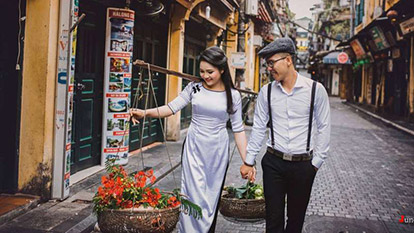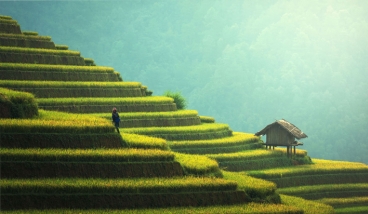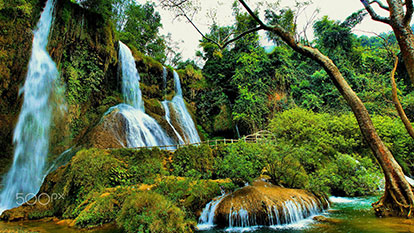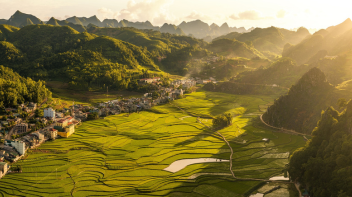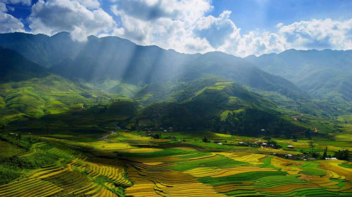But Thap Pagoda
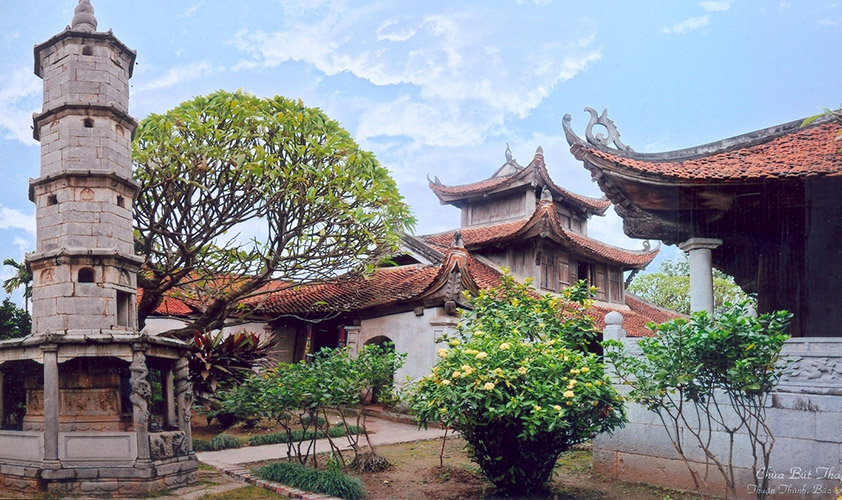
The history of the pagoda is also intertwined with Queen Trinh Thi Ngoc Truc, the daughter of Lord Trinh Trang. After the death of her husband, her father compelled her to marry King Le Than Tong (1619-1643). The Queen, deeply committed to Buddhism, dedicated herself to raising funds for the restoration of Ninh Phuc Tu. During this period, she also authored *Ngoc Am Chi Nam*, recognized as Vietnam's first Han-Nom (Chinese-Vietnamese) dictionary.
According to the Vietnam travel guide, the pagoda was constructed in the architectural style known as Noi Cong Ngoai Quoc (Nei Kung Wai Kwo), which means it is designed in the shape of the Chinese character "Kung" on the inside and "Kwo" on the outside. With more than 100 compartments, But Thap is larger than many other pagodas in northern Vietnam. Visitors enter the complex through a three-entrance gate, followed by a bell tower with eight roofs, leading to the main temple area. The main entrance of the temple is opened only on significant holidays, while on regular days, visitors use the smaller side entrances to access the temple.
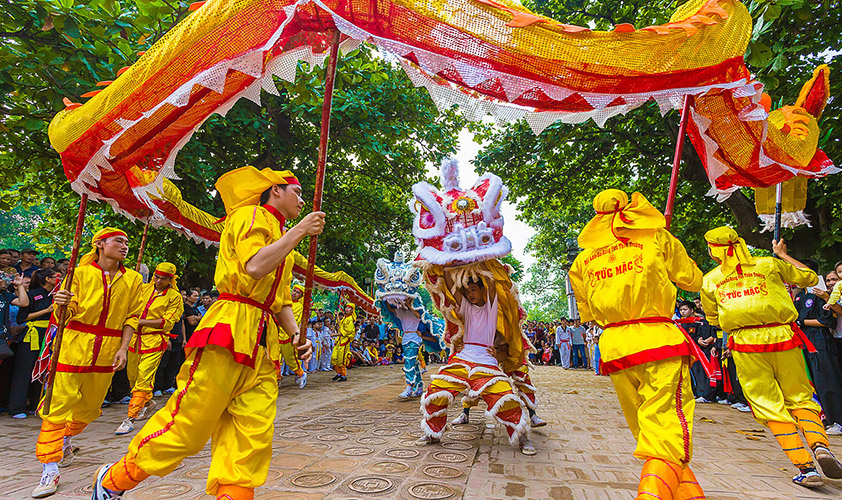
Inside the temple, more than 50 statues of varying sizes depict significant figures, including the Triad Buddha, Manjusri (Van Thu) on a blue lion, and Samantabhadra (Pho Hien) on a white elephant. Among these, the most remarkable is the thousand-handed and thousand-eyed Guanyin, considered a sculptural masterpiece of Vietnam. The work on this statue began in 1656 and took several years to complete. Standing 2.5 meters tall, excluding its pedestal, the statue features 11 heads and 14 layers of 789 arms, each with an eye in the palm, forming a circle 2.2 meters in diameter. An additional 42 arms encircle the waist, each making different gestures. The goddess sits on a lotus supported by dragons, symbolizing purity and strength in Buddhist culture.
As part of the lifestyle experience in the temple, visitors can cross a small stone bridge to reach the Am Tich Duc (Accumulated Good Deeds Sanctum), followed by the Middle Hall (nha trung), and finally the Worship Palace (phu tho), where statues of Queen Trinh Thi Ngoc Truc and her children are displayed. Behind the garden in the backyard, two stone stupas stand, each about 20 meters tall, containing the remains of the priest Chuyet Chuyet and the pagoda's second priest, Minh Hanh.
The name But Thap, meaning "Pen Stupa," was bestowed by King Tu Duc in 1876 during a field research tour of Kinh Bac, the former northern citadel. The king was struck by the beauty of the stone stupa, which resembled a pen. The stupa's literary name, Bao Nghiem, translates to "paying a debt of gratitude to the master for his strict teaching," reflecting the deep cultural and spiritual lifestyle embedded in this historic site.
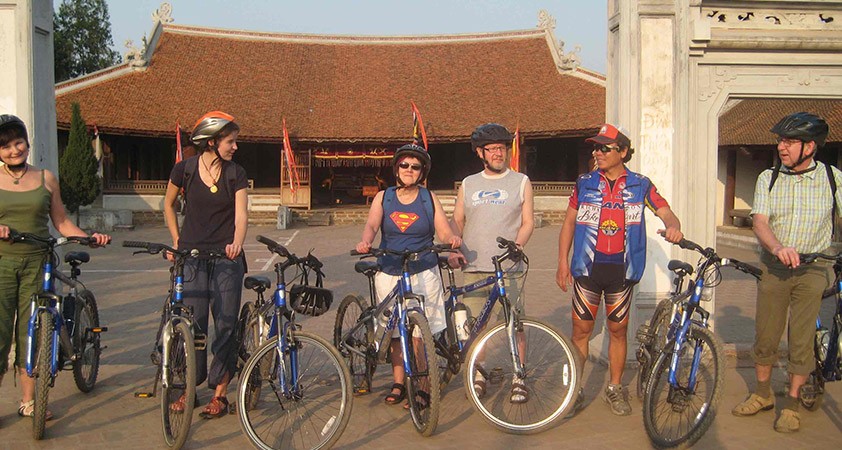
Being recognized as the country's cultural historic relic, But Thap Pagoda is not only an important place for pilgrims but also a tourist attraction. From Hanoi downtown, drive along National Highway 5 some 15 kilometers to Sui region, then turn left and go straight around five kilometers you will reach But Thap Pagoda. Or you can take a boat ride up the Red River. Where the Red River meets the Duong River, the boat turns on the latter going downstream some 20 kilometers to reach But Thap Pagoda.
---
Read more:
Sincerely yours & see you soon!
GALATOURIST since 2005.
Testimonials

Ms. Francesca Tronconi & Mr Vizzolini Davide (2pax) from Spain

Mrs & Mr. DUPUIS (2pax) from United States

Mr. Jeffrey Szymanski (2pax) from United States

Mrs Rosemary McGuinness (2pax) from Australia

Mrs Elena Maria Sanchez (2pax) from Spain

Group Marissa (4pax) from United States

Mr Jerzy (2pax) from Canada






